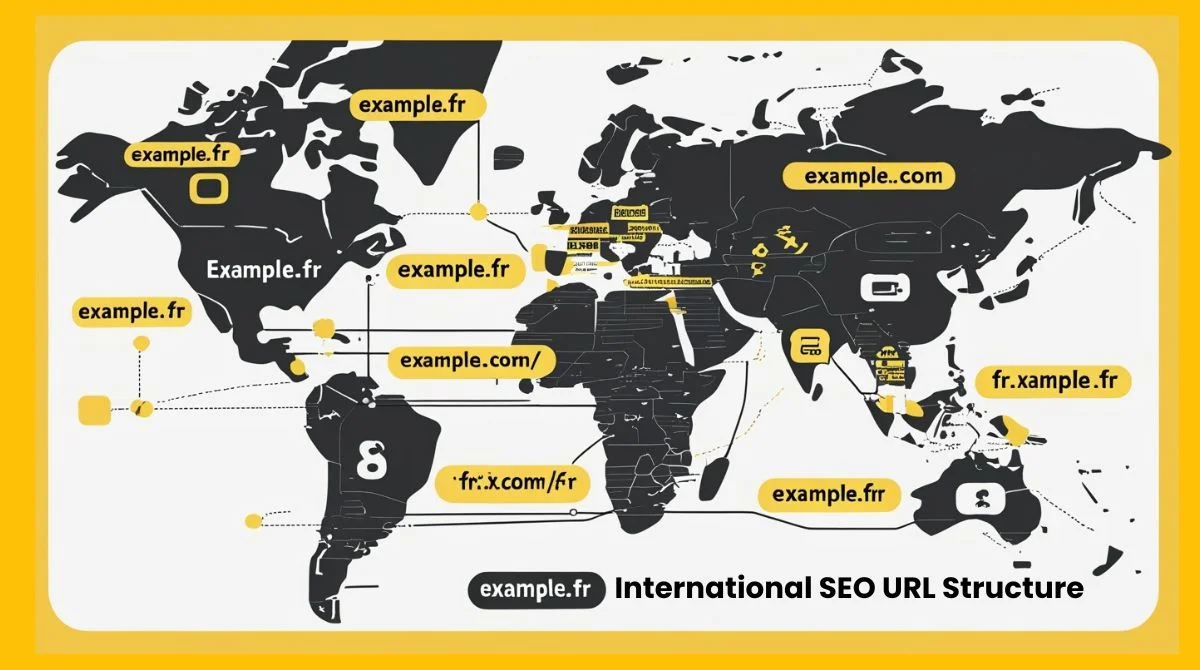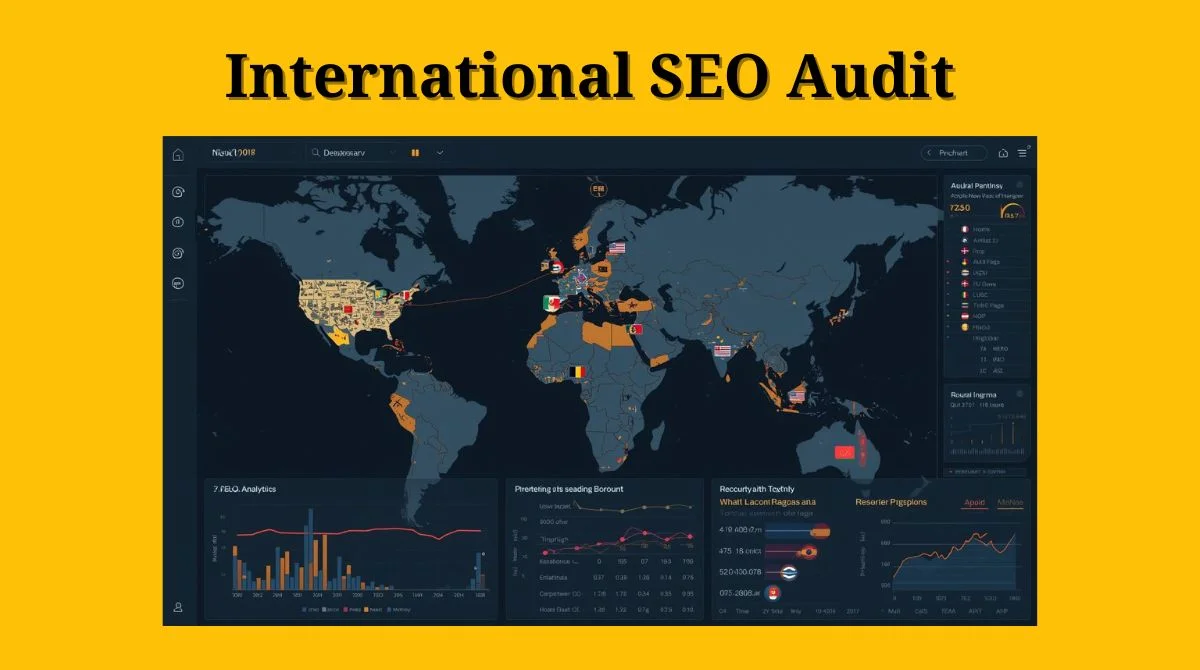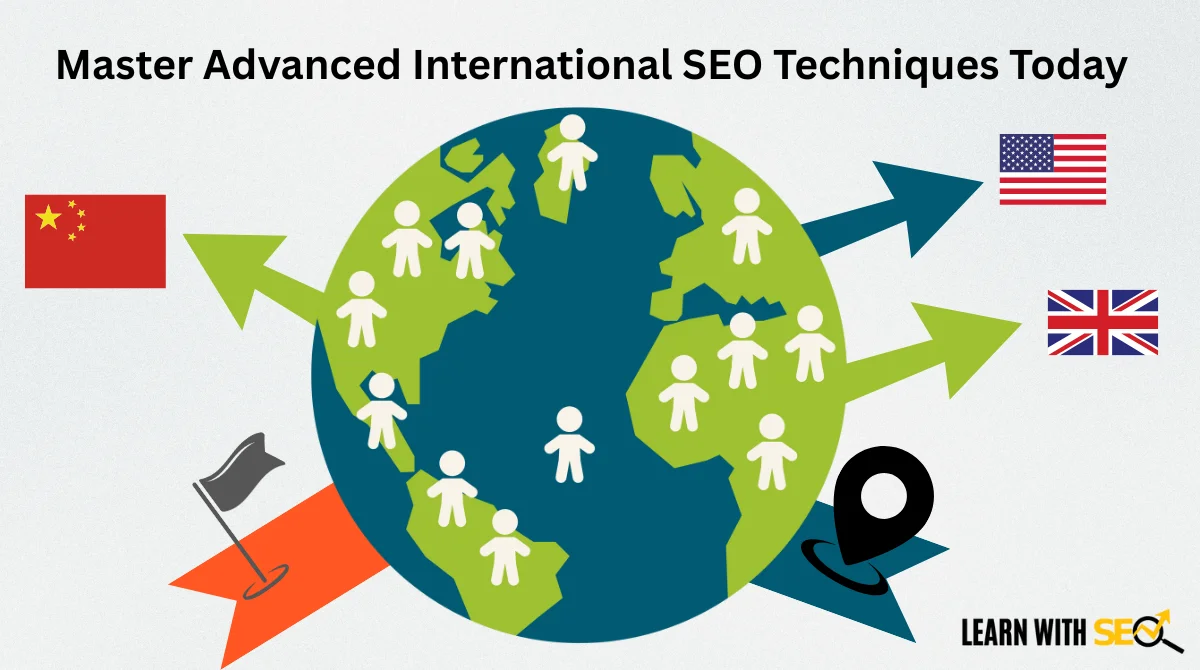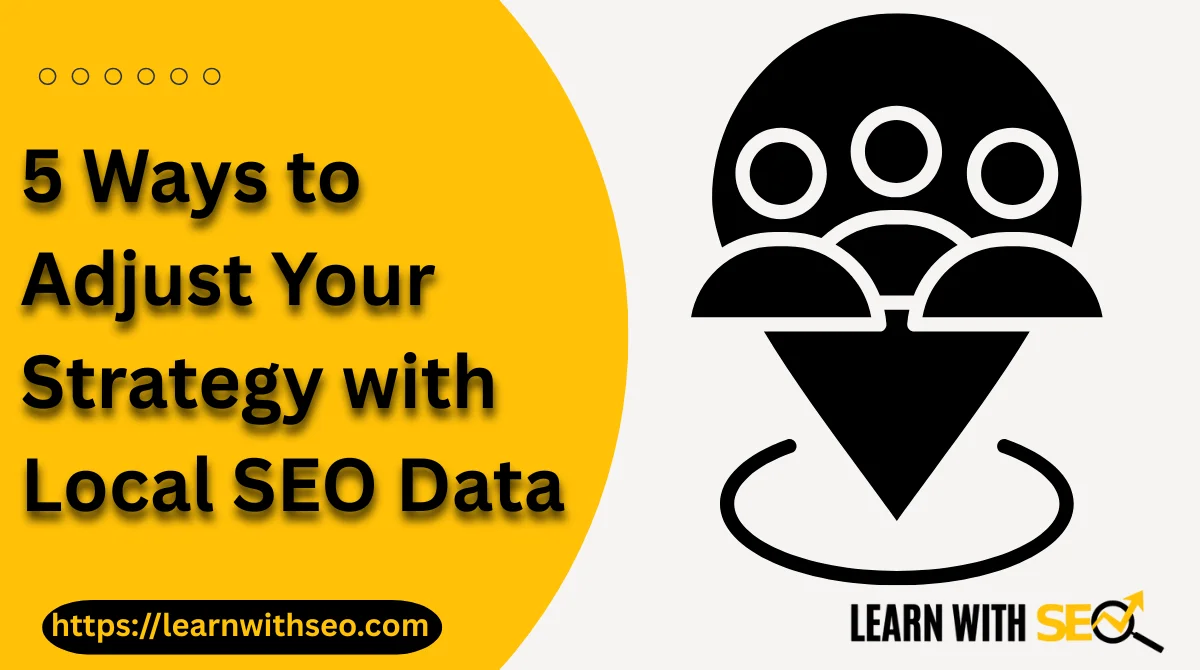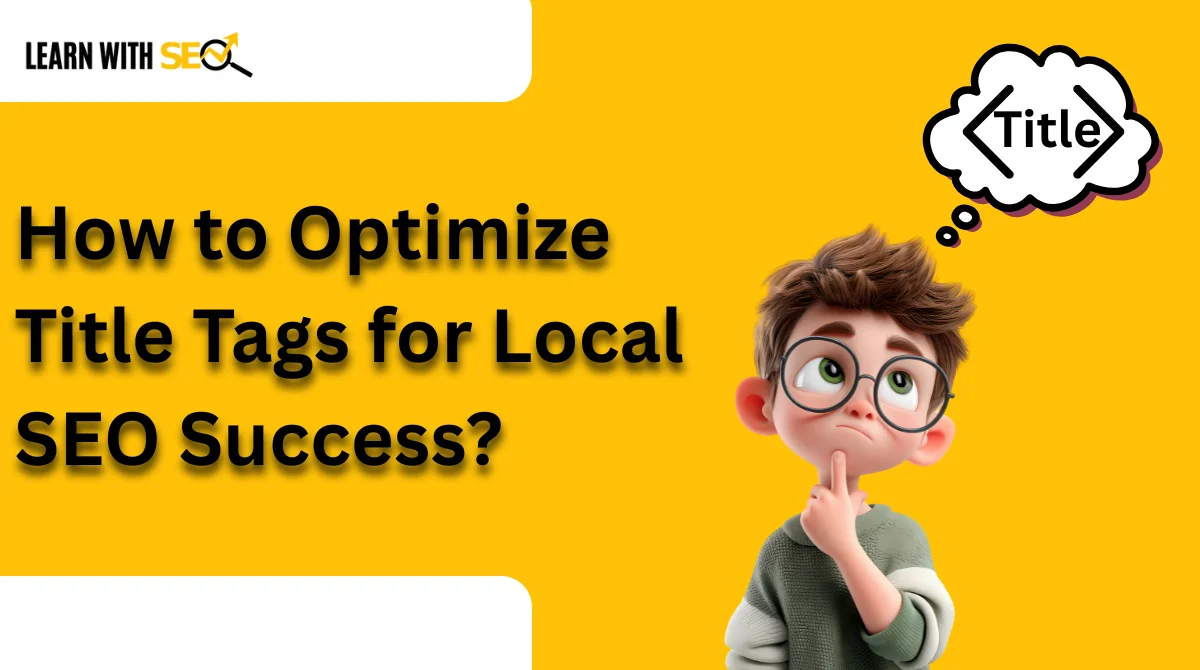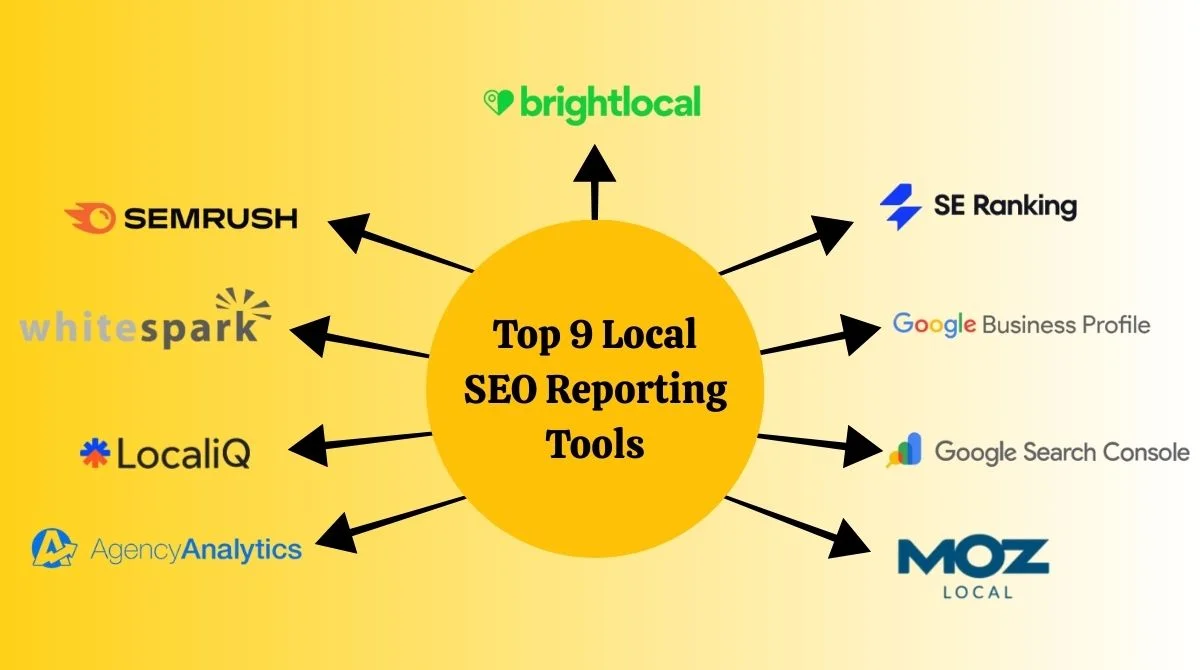- Understanding PPC Optimization Fundamentals
- Keyword Research and Targeting
- Ad Copy Optimization Strategies
- Landing Page Optimization
- Bidding Strategy Optimization
- Campaign Structure and Organization
- Performance Tracking and Analytics
- Advanced Optimization Techniques
- Mobile and Location Optimization
- Cost Management and ROI Maximization
- Conclusion
Pay-per-click advertising delivers immediate results when optimized correctly. Success depends on strategic keyword management, compelling ad copy, and continuous performance monitoring.
PPC optimization involves refining every campaign element to achieve maximum return on investment. This includes improving click-through rates, boosting conversions, and reducing cost-per-acquisition effectively.
Understanding PPC Optimization Fundamentals
PPC optimization is the ongoing process of improving paid advertising campaigns for better performance. The goal is to maximize results while minimizing costs through data-driven decisions.
Modern optimization requires analyzing multiple variables simultaneously, including search terms, bid adjustments, and ad variations. Platform algorithm changes throughout 2025 make staying current essential for competitive advantage.
Keyword Research and Targeting
Strategic Keyword Selection
Effective keyword research forms the foundation of successful PPC campaigns. Focus on high-intent keywords that align with business objectives and target audience behavior.
Long-tail keywords often provide better conversion rates at lower costs than broad terms. These specific phrases attract more qualified traffic ready to make purchasing decisions.
Consider seasonal variations and search volume trends when building keyword lists. This helps allocate budget more effectively across different campaign priorities and time periods.
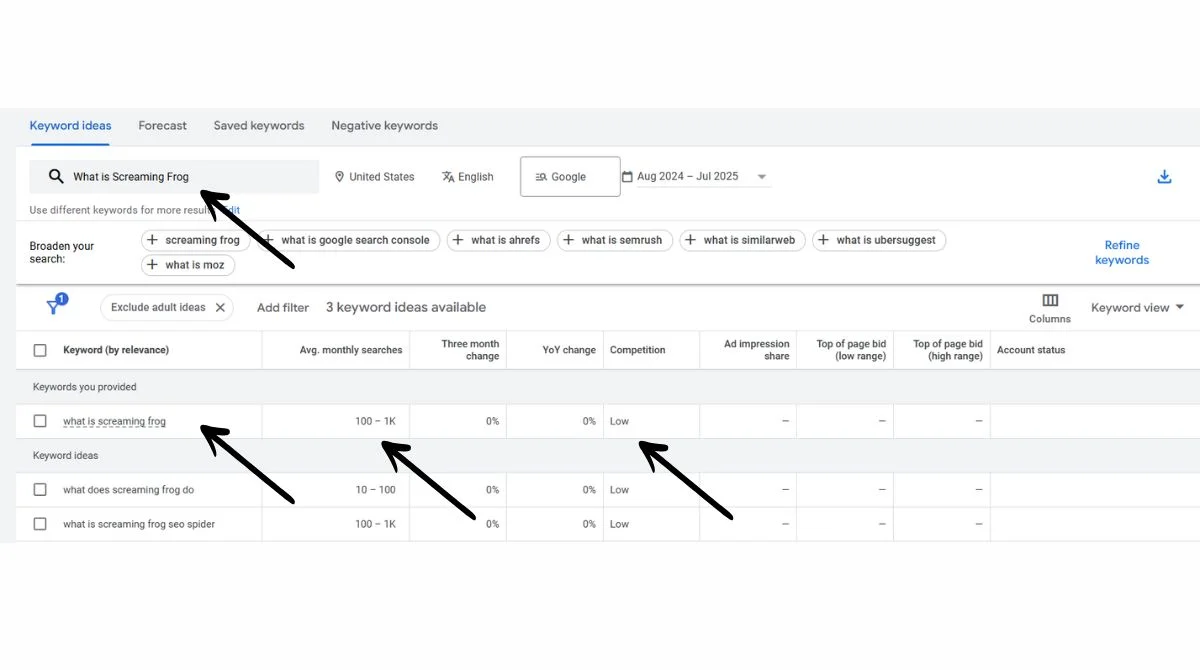
Negative Keywords Implementation
Negative keywords prevent ads from showing for irrelevant searches that waste budget. Regular search term report reviews help identify non-converting keywords to exclude.
Create comprehensive negative keyword lists at campaign and ad group levels. This granular approach ensures better traffic quality while reducing unnecessary spending patterns.
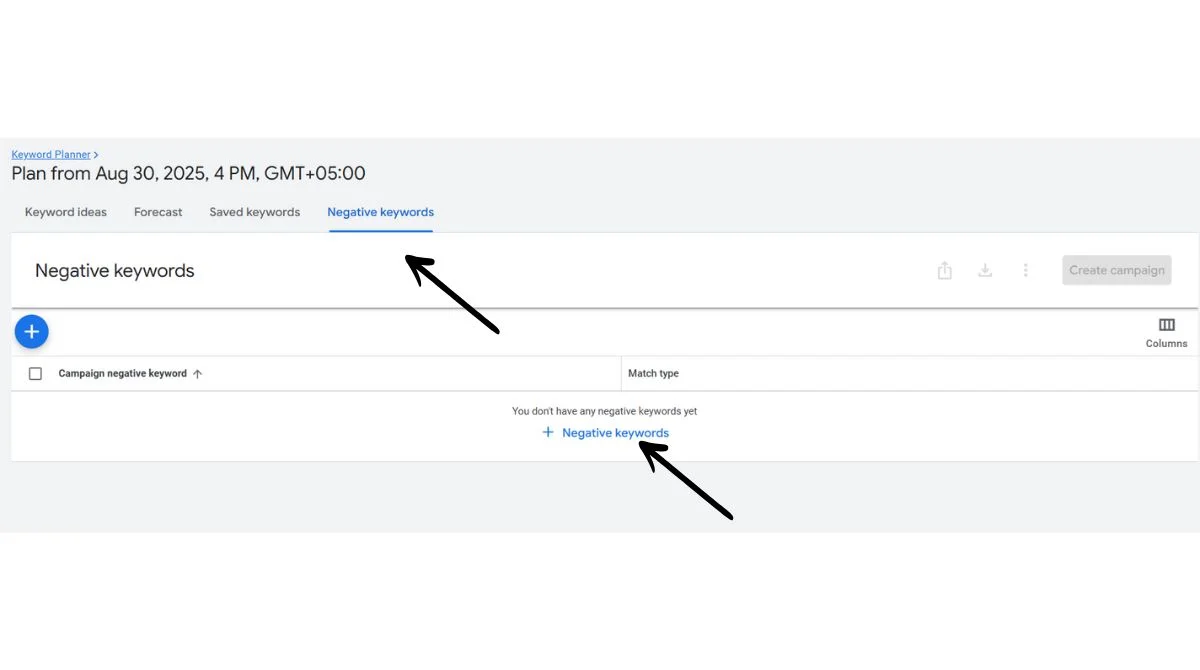
Ad Copy Optimization Strategies
Compelling Headlines Creation
Write headlines that directly address user search intent and include target keywords naturally. Focus on benefits rather than features to create emotional connections with prospects.
Test multiple headline variations to identify which messages resonate best with your audience. Include clear value propositions that differentiate your offering from competitors effectively.
Description Line Best Practices
Use description lines to expand on headline promises and provide additional compelling reasons for clicks. Include specific details about products, services, or promotional offers available.
Incorporate strong calls-to-action that encourage immediate response from qualified prospects. Phrases like “Get Started Today” typically perform better than generic statements.
Match ad copy tone with landing page content for a consistent user experience. This alignment reduces bounce rates and improves overall conversion probability significantly.

Landing Page Optimization
Message Matching Techniques
Ensure landing page headlines correspond directly to the ad copy that brought visitors to your site. This consistency prevents confusion and reduces bounce rates effectively.
Remove navigation elements that might distract visitors from completing desired conversion actions. Focus their attention on the primary campaign goal through clear design.
Conversion Rate Enhancement
Optimize landing page loading speed to prevent visitor abandonment during the loading process. Slow pages significantly impact both user experience and campaign performance metrics.
Use clear and prominent call-to-action buttons that stand out from other page elements. Test different button colors, sizes, and placement positions for maximum effectiveness.
Include trust signals such as customer testimonials and security badges to reduce purchase anxiety. These elements increase conversion confidence among hesitant prospects significantly.
Bidding Strategy Optimization
Automated Bidding Implementation
Leverage platform-specific automated bidding strategies that align with your campaign objectives and goals. These systems use machine learning to optimize bids based on conversion probability.
Start with target CPA or target ROAS bidding for campaigns with sufficient conversion data. Monitor performance regularly and adjust when algorithms don’t meet expected results.
Manual Bidding Techniques
Use manual bidding for new campaigns or when testing different keyword performance levels. This approach provides greater control over individual keyword costs and allocations.
Implement bid modifiers for high-performing audience segments or demographic groups showing above-average conversion rates. Adjust bids based on device performance and geographic location data.
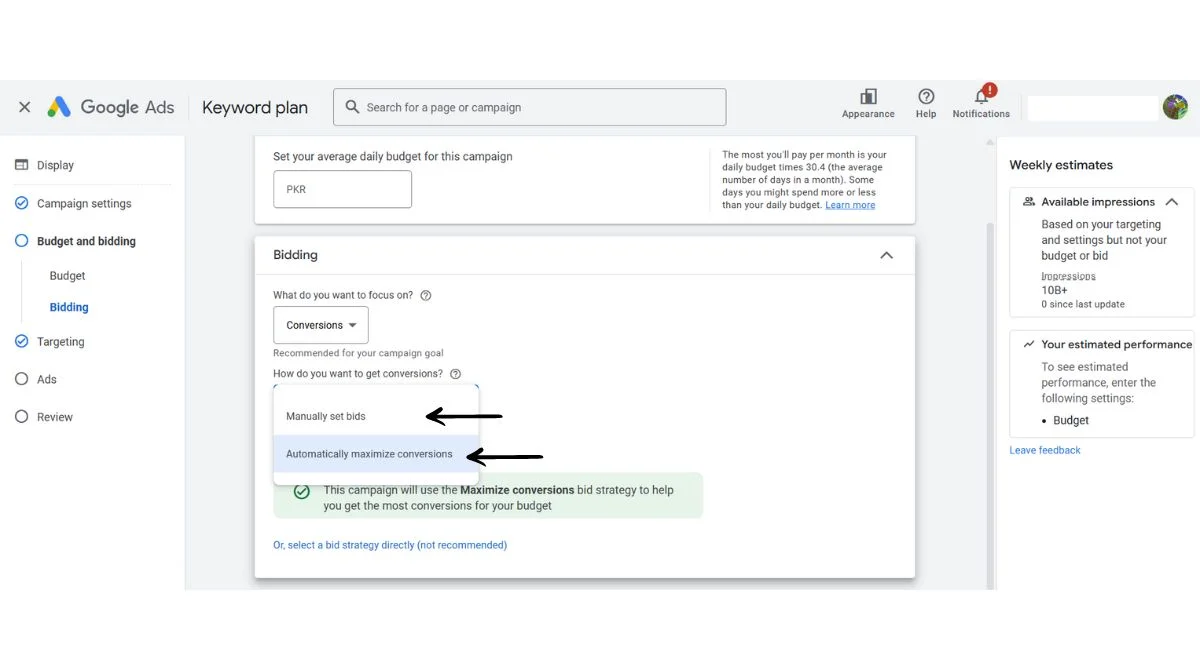
Campaign Structure and Organization
Account Architecture Best Practices
Organize campaigns by product categories or customer segments for better budget control. Create tightly themed ad groups with 10-20 related keywords per group, maximum.
Use single keyword ad groups for the highest-performing keywords to maximize control over ad copy matching. This structure improves ad relevance scores across your entire account.
Budget Management Strategies
Allocate larger budget portions to campaigns demonstrating consistent profitability and growth potential. Set up campaign budget alerts to prevent overspending during high-traffic periods.
Review budget performance weekly and reallocate funds from underperforming campaigns to profitable ones. This dynamic approach maximizes overall account return on investment.
Performance Tracking and Analytics
Key Performance Indicators
Monitor click-through rates, conversion rates, cost-per-acquisition, and return on ad spend as primary indicators. Track quality scores for all keywords and improve scores below 7/10.
Analyze search impression share data to identify opportunities for increased visibility in competitive auctions. Higher quality scores typically result in lower costs and better positions.
Conversion Tracking Setup
Implement comprehensive conversion tracking that captures all valuable customer actions beyond final purchases. Set up enhanced conversion tracking for better attribution accuracy across devices.
Use Google Analytics 4 integration to gain deeper insights into customer behavior patterns. This data helps understand lifetime value metrics from PPC traffic sources effectively.
Advanced Optimization Techniques
Audience Targeting Refinement
Develop custom audiences based on website behavior, purchase history, and engagement levels across marketing channels. Use lookalike audiences to expand reach while maintaining cost efficiency.
Implement audience exclusions to prevent showing ads to users who have already converted. This prevents wasted spending on customers unlikely to convert again.
Ad Extensions Utilization
Add all relevant ad extensions to increase ad real estate and provide additional reasons for clicks. Use sitelink extensions to highlight specific products or promotional offers.
Implement call extensions during business hours to capture phone inquiries from mobile users. These extensions often improve overall campaign performance and conversion rates.
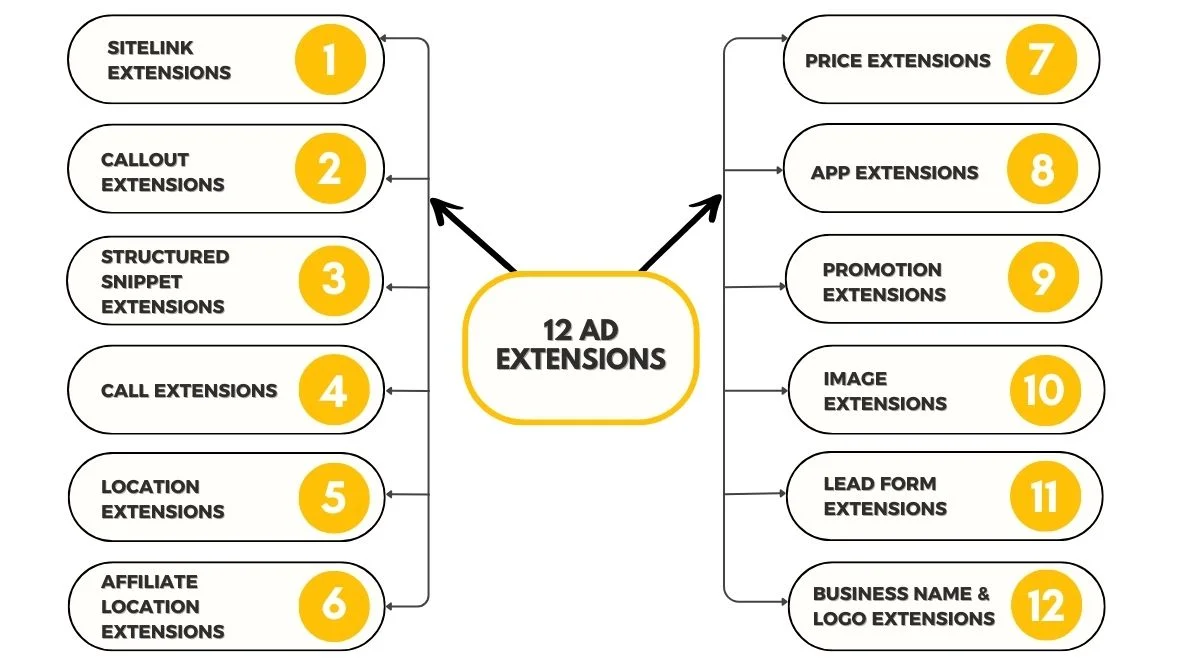
Mobile and Location Optimization
Device-Specific Adjustments
Analyze performance differences between desktop, mobile, and tablet traffic for optimization opportunities. Create mobile-preferred ads with shorter headlines that display properly on smaller screens.
Ensure landing pages provide an excellent user experience on mobile devices, where increasing traffic originates. Mobile optimization directly impacts campaign success rates significantly.
Geographic Targeting
Use geographic targeting to focus advertising spend on locations generating the highest conversion rates. Implement location bid adjustments based on performance data from different regions.
Consider local search intent when creating ad copy for location-specific campaigns. This approach improves relevance for customers in your service areas.
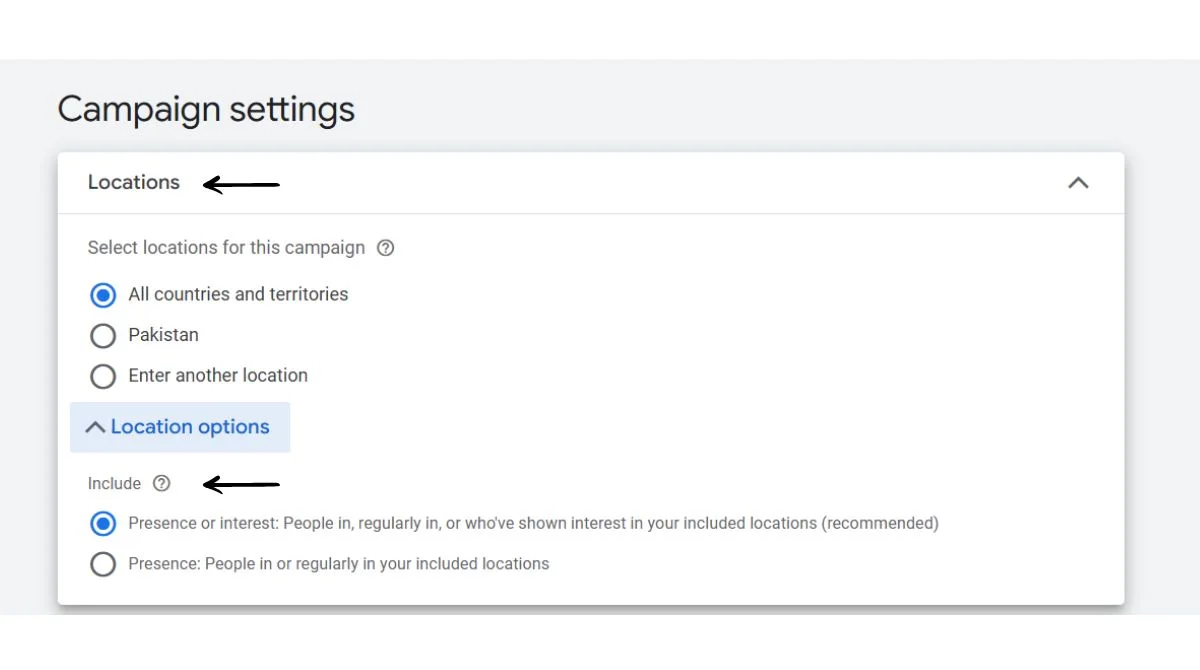
Cost Management and ROI Maximization
Cost Reduction Strategies
Focus on improving quality scores through better ad relevance and landing page experience. Identify and pause keywords consistently generating high costs without conversions.
Use dayparting to show ads only during hours when target audiences convert most frequently. This reduces wasted spend on low-performing time periods effectively.
Return Investment Optimization
Calculate lifetime customer value to determine appropriate cost-per-acquisition targets for different segments. Prioritize campaigns generating customers with higher average order values.
Implement attribution modeling to understand full customer journeys and allocate budget accordingly. Focus spending on touchpoints contributing most to final conversions.
Conclusion
Successful PPC optimization requires continuous testing, monitoring, and strategic adjustments based on performance data. The strategies above provide a comprehensive framework for improving paid advertising results. Remember that optimization is an ongoing process rather than a one-time setup. Regular maintenance, performance analysis, and strategic adjustments ensure long-term success in competitive environments.


